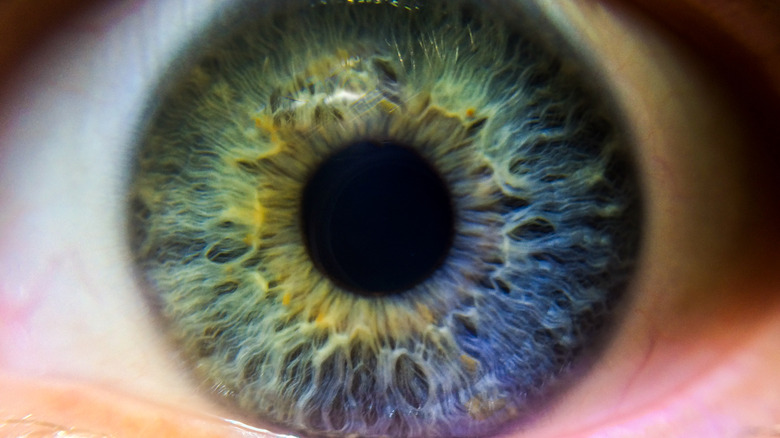Body Parts & Functions
The human body is an incredible biological machine; it's made up of nearly 100 trillion cells (and contains at least 10 times as many bacteria). Some of the major parts of the body are the skeletal system, the vital organs, the reproductive system, the integumentary system and the muscular system. Each part plays a crucial role in keeping you alive and healthy.
Skeletal System
Skeletal System
The skeletal system is made up of 206 bones connected by various tendons, ligaments and cartilage, and has many vital functions. The system consists of the axial skeleton and the appendicular skeleton. The axial skeleton is made up of 80 bones, including the vertebral column, the rib cage and the skull, and helps you maintain your upright posture. The appendicular skeleton consists of 126 bones that form the pectoral girdles, the upper limbs, the pelvic girdle and the lower limbs, making movement possible and protecting the vital organs.
Vital Organs
Vital Organs
The body contains five vital organs essential for survival. The human brain is like the body's control center, communicating with other organs via secreted hormones and the nervous system. Without your brain, you couldn't think, feel, remember or react to the world around you. The heart pumps blood through the body, giving it the oxygen and nutrients it needs and carrying away waste. The lungs extract oxygen from the air you breathe and sends it to your blood to give your cells energy. The liver is a multi-functional organ, detoxifying dangerous chemicals, breaking down drugs, filtering blood, secreting bile and creating blood-clotting proteins. The kidneys rid the body of waste and surplus fluid, and make urine by taking urea from the blood and mixing it with water and other substances.
Reproductive System
Reproductive System
The reproductive systems allow humans to reproduce and bear children. The male reproductive system includes the penis and the testes, which produce sperm. The female reproductive system includes the vagina, the uterus and the ovaries, which produce eggs. During conception, a sperm cell merges with an egg cell, creating a fertilized egg that implants and grows in the female's uterus.
Integumentary System
Integumentary System
You probably know the integumentary system better as the skin, but it also includes the hair and nails. This is the body's largest organ, protecting you from the outside world and helping to regulate body temperature and eliminate waste via perspiration.
Muscular System
Muscular System
The muscular system contains about 650 muscles, which include the large muscles in our legs, arms and buttocks but also tiny muscles in the eyes and ears. Your muscles support movements like walking, talking, sitting, eating and running, and also help circulate blood throughout the body.
Cite This Article
MLA
Gillespie, Claire. "Body Parts & Functions" sciencing.com, https://www.sciencing.com/body-parts-functions-5476167/. 11 April 2018.
APA
Gillespie, Claire. (2018, April 11). Body Parts & Functions. sciencing.com. Retrieved from https://www.sciencing.com/body-parts-functions-5476167/
Chicago
Gillespie, Claire. Body Parts & Functions last modified March 24, 2022. https://www.sciencing.com/body-parts-functions-5476167/
